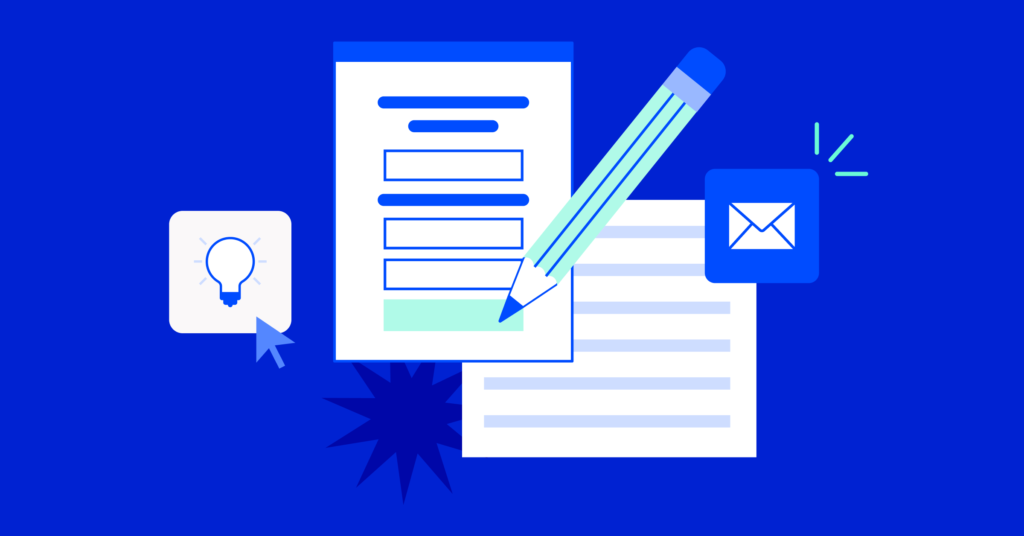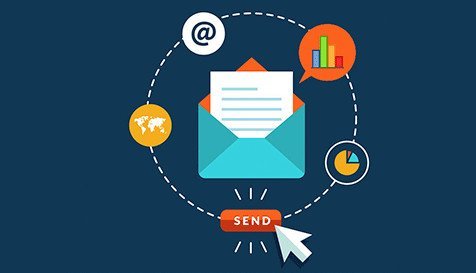Hey there, man! In the fast-paced world of sales and marketing, staying top-of-mind with potential customers is crucial. We all know that initial contact is just the first step. But how do you effectively nurture those leads and guide them towards conversion without getting bogged down in manual follow-ups? That’s where the magic of automated email technology comes into play.
The Power of Follow-Up Emails: Why You Absolutely Need Them
Let’s be real—follow-up emails can be a game-changer for your business. They’re like that friendly reminder that keeps your brand on your customer’s radar and helps you build stronger relationships. Think of it this way: you wouldn’t just throw a seed in the ground and expect it to magically grow into a beautiful flower without any care, right?
Similarly, your leads need nurturing and consistent communication to blossom into loyal customers. Statistics show that a whopping 60% of customers might initially say no to a product or service, but they often need multiple interactions before they’re ready to say yes. That’s why those follow-ups are so essential—they give you the opportunity to demonstrate your value, address any concerns, and ultimately, increase your chances of closing the deal.

The Game-Changer: Automated Email Technology
Remember the days of manually sending out individual follow-up emails? Tedious, right? Well, thankfully, those days are long gone. Thanks to the power of automated email technology, you can now streamline your follow-up process and achieve incredible results with minimal effort.
Imagine this: You have a potential customer who downloaded a free resource from your website. Instead of scrambling to send them a personalized email manually, an automated system instantly triggers a welcome email, thanking them for their interest and offering additional valuable content. As they continue to engage with your emails, the system automatically sends them targeted messages based on their behavior, gently guiding them through the sales funnel. No more missed opportunities or forgotten follow-ups!
Unlock the Secrets: Strategies for Optimized Follow-Up Campaigns
Ready to take your follow-up campaigns to the next level? Let’s break down some key strategies:
1. Crystal Clear Goals: Know What You Want to Achieve
Before you even start crafting your emails, it’s super important to have a clear understanding of your goals. What do you want your follow-up campaign to achieve? Are you aiming to schedule demos, get customers to restart their subscriptions, or simply provide helpful information to nurture relationships? Defining your goals will shape your messaging and help you measure success.
2. Perfect Timing: Strike While the Iron is Hot
Timing is everything, my friend. You don’t want to bombard your leads with emails the second they show interest, but you also don’t want to let them go cold. The key is to find that sweet spot where your emails are timely and relevant.
Think about what makes sense for your specific audience and industry. For instance, if someone just signed up for a free trial of your software, a follow-up email a few days later offering helpful tips or a demo invitation could be highly effective.
3. Personalized Power: Make Them Feel Special
We all love that personal touch, right? Generic, mass-sent emails just don’t cut it anymore. To truly engage your audience, you need to personalize your follow-up emails like a pro.
Address your recipients by name, reference past interactions or purchases, and segment your lists based on their interests or behavior. The more relevant and tailored your messages are, the higher the chances of grabbing their attention and building a genuine connection.

4. Simplicity is Key: Keep It Clean and Concise
In the world of email, brevity reigns supreme. No one wants to wade through a wall of text, right? Keep your follow-up emails short, sweet, and to the point. Use bullet points, short paragraphs, and plenty of white space to make them visually appealing and easy to digest. Remember, you want to deliver value without overwhelming your readers.
5. The Call to Action: Guide Them to the Next Step
Every follow-up email should have a clear and compelling call to action (CTA). What do you want your recipients to do after reading your email? Click on a link, download a resource, schedule a call? Make it crystal clear and easy for them to take the desired action.
6. Automation is Your BFF: Work Smarter, Not Harder
Here’s where things get really exciting. With automated email marketing tools, you can set up your follow-up campaigns to run on autopilot. You can create predefined email sequences triggered by specific actions or time intervals. For example, you can set up a series of welcome emails that are automatically sent to new subscribers or a sequence of follow-ups that are triggered when someone abandons their shopping cart.
7. The Power of Templates: Save Time and Get Results
No need to reinvent the wheel every time you send a follow-up email! Leverage the power of email templates to streamline your process and ensure consistency in your messaging. Many email marketing platforms offer pre-designed templates that you can customize to fit your brand and campaign goals. You can also create your own templates based on your most successful emails.
8. A/B Testing: Fine-Tune for Maximum Impact
Don’t be afraid to experiment and continuously optimize your follow-up campaigns through A/B testing. Test different subject lines, email copy, CTAs, and sending times to see what resonates best with your audience. By analyzing the results and making adjustments, you can continuously improve your open rates, click-through rates, and ultimately, your conversion rates.
9. Data is Your Guide: Track, Analyze, and Improve
Automated email marketing tools provide a wealth of data that can help you track the performance of your follow-up campaigns. Pay attention to key metrics such as open rates, click-through rates, and conversion rates. By analyzing this data, you can identify areas for improvement and make data-driven decisions to optimize your campaigns for better results.

Conclusion
As you can see, my friend, automated email technology is a powerful tool for optimizing your follow-up campaigns and driving business growth. By embracing automation, you can free up your time, nurture your leads more effectively, and ultimately, achieve your sales and marketing goals. So, ditch the manual grind and embrace the power of automation to level up your follow-up game!
FAQs
What are the benefits of using automated email technology for follow-up campaigns? Using automated email technology for follow-up campaigns offers numerous benefits, including:
- Time-saving: Automating your follow-ups frees up valuable time that you can dedicate to other important tasks.
- Increased efficiency: Automated systems ensure that your follow-up emails are sent promptly and consistently, without any manual effort.
- Improved personalization: You can personalize your emails based on recipient behavior and preferences, making them more relevant and engaging.
- Better tracking and analysis: Automated tools provide insights into email performance, allowing you to measure results and optimize campaigns.
What are some examples of automated follow-up email sequences? Here are a few examples of automated follow-up email sequences:
- Welcome series: A sequence of emails sent to new subscribers, welcoming them and providing valuable information about your brand.
- Abandoned cart series: Emails triggered when a customer adds items to their cart but doesn’t complete the purchase, reminding them of the items and offering incentives to complete the order.
- Post-purchase series: Emails sent after a customer makes a purchase, thanking them for their business, providing product information, and encouraging repeat purchases.
How do I choose the right automated email marketing tool for my business? When selecting an automated email marketing tool, consider factors such as:
- Features: Make sure the tool offers the features you need, such as email automation, segmentation, and reporting.
- Ease of use: Choose a tool that is user-friendly and intuitive, even if you don’t have extensive technical expertise.
- Integrations: Check if the tool integrates with your other business systems, such as your CRM or e-commerce platform.
- Pricing: Select a tool that fits your budget and offers a pricing structure that aligns with your needs.

